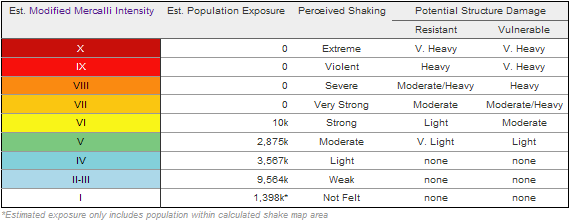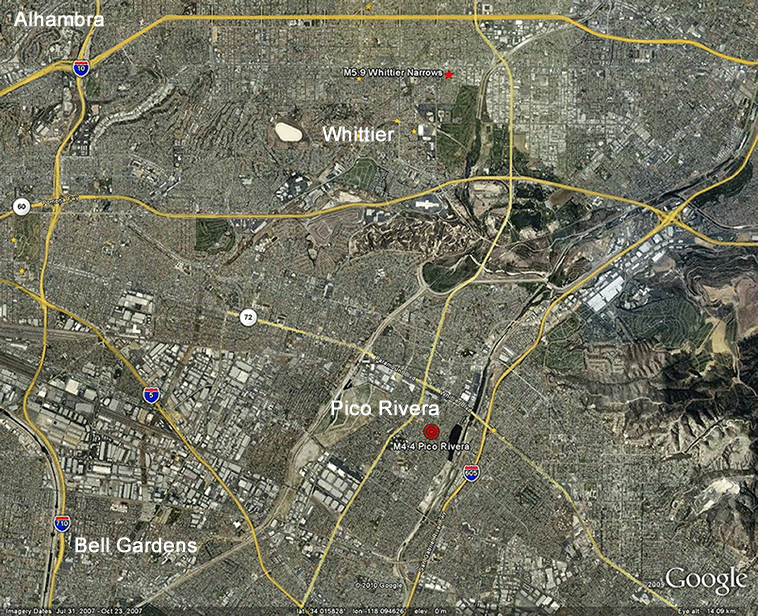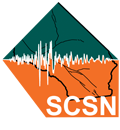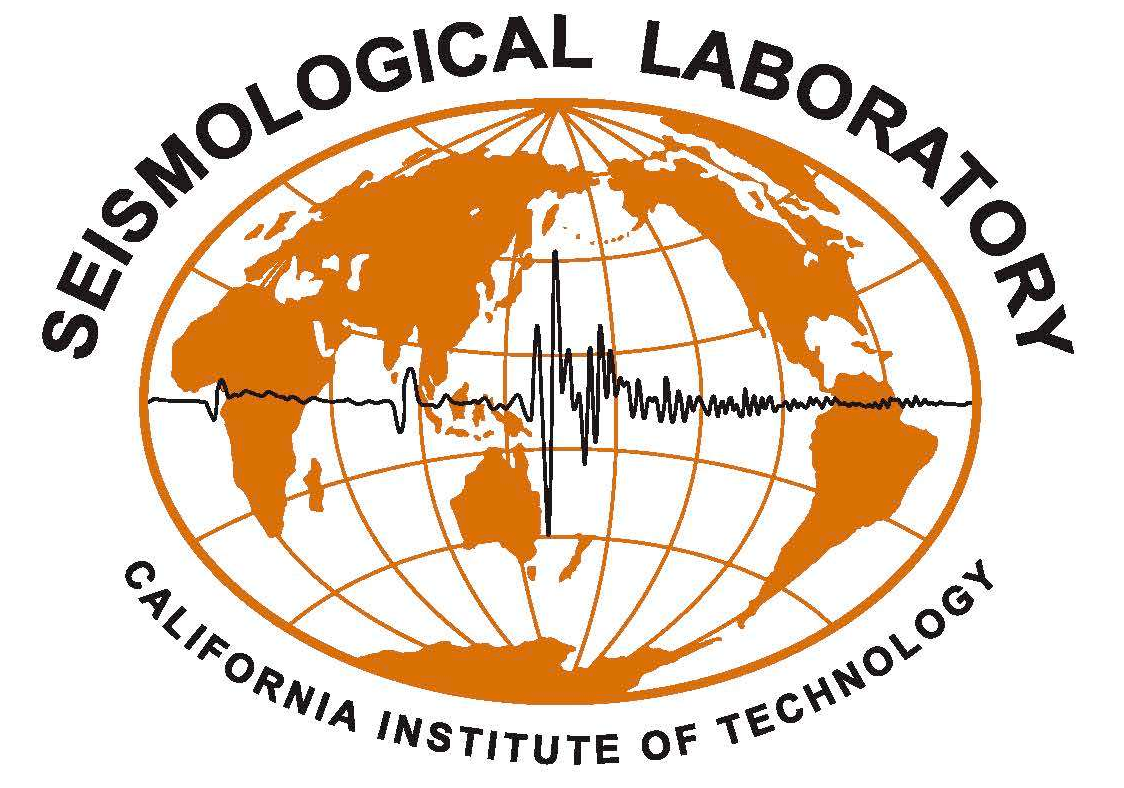A ML4.4 earthquake occurred at 4:04AM PDT, 11:04AM UTC, on Tuesday, March 16th, 2010. The epicenter was located 1 mile ENE of Pico Rivera, 3 miles SSW of Whittier Narrows Recreation Area.
CISN/SCSC Executive Summary (E. Hauksson, N. King, K. Hutton, R. Dollar, A. Guarino, N. Scheckel)
Version 2 – 4:09PM PDT March17, 2010

The ground shaking was moderate to strong in the epicentral area. Light shaking was recorded across the Los Angeles area, extending into the Chino basin.
TECTONIC CONTEXT
This earthquake occurred in the fold and thrust belt located on the east side of the Los Angeles Basin. The preliminary focal depth was 19 km (~12 miles), which is deeper than most earthquakes in the region. The earthquake was located ~7 km south of the hypocenter of the 1 October 1987 ML5.9 Whittier Narrows earthquake. Both today’s earthquake and the 1987 Whittier mainshock exhibited thrust faulting. However, the strike of the nodal planes was east-west in 1987 but for today’s earthquake the strike was rotated clockwise by ~30deg to N60degW, suggesting that a different thrust system was being activated.
This earthquake may have been associated with the Puente Hills thrust. The most recent earthquake sequences in the Los Angles basin were the 18 May 2009 Inglewood Earthquake, and the 29 July 2008 Mw5.4 Chino Hills earthquake sequences, located about 10km southwest and 30 km southeast, respectively. The Chino Hills earthquake that was most likely caused by movement on the Whittier fault exhibited a mixture of strike-slip and thrust faulting. The Pico Rivera earthquake is similar to the pair of earthquakes of M4.8 and M4.5 located near Montebello (10 km (6 miles) to the west) on June 12th 1989 at 15.5 km depth. Both exhibited thrust faulting.
Aftershock probabilities
At least one felt earthquake in the next 7 days. Approximately 5% chance of an aftershock larger than this event.
Surface Faulting
Surface faulting has not been observed and is not expected for an earthquake of this magnitude.

No significant damage has been reported so far. The ground shaking was moderate to strong in the epicentral area, with maximum instrumental intensity reaching MMI VI (<30%g). Light shaking was recorded across the Los Angeles area, extending into the Chino basin.

| Plane | Strike | Rake | Dip |
|---|---|---|---|
| NP1 | 110 | 83 | 54 |
| NP2 | 303 | 100 | 36 |
Senior Scientists Caltech — Egill Hauksson and Kate Hutton USGS Pasadena Scientific Response Coordinator — Nancy King News Media Contacts Caltech — Jon Weiner, 626-395-3226 USGS Information Officer — Erik Pounders, epounders@usgs.gov (626.583.6801) Figure prepared by Dr. Wenzheng Yang of the east Los Angeles Basin Seismicity. The 16 March 2010 Pico Rivera M4.4 earthquake is shown.
HISTORIC
This event occurred in an area that his been seismically active in the past. There was a M6.2 near this location in 1964. A M5.3 event occurred about 30 mi NW of this location on June 15, 2004.

EFFECTS
No significant damage has been reported. The event may have been felt lightly by as many as 6 million people. The PAGER The PTWC issued a statement that a tsunami would not be generated.


AFTERSHOCKS
There have been no recorded aftershocks, or foreshocks, as of 11:20 AM PDT. Historically, there have been M4+ events in the LA Basin that do not produce aftershock sequences. Conversly, there have been events which have produced robust aftershock sequences in the LA Basin also (e.g. M5.9 10/1/1987 Whittier Narrows Earthquake). SCSN will update this report with any and all aftershocks semi-daily.
Typically, around 7 aftershocks above M2 would be expected at this time, so this suggests that aftershock productivity is below average. Statistically, one in twenty (5%) of the earthquakes that occur in Southern California are foreshocks to a larger events. As time passes after the event, that probability decreases. Given that about 7 hours have passed since the mainshock time, the typical 5% foreshock probability is now down to 3%. That’s a 3% chance of a M4.4 or greater aftershock in the next 30 days.
- Next 24 hours:
- 20% chance of M3 or greater aftershock
- 3% chance of M4 or greater aftershock
- Next week:
- 38% chance of M3 or greater aftershock
- 5% chance of M4 or greater aftershock.



